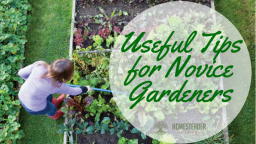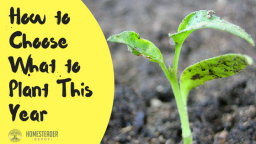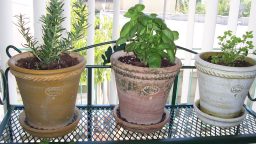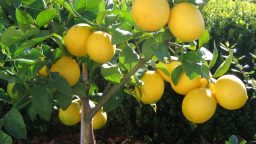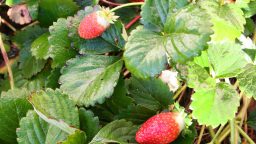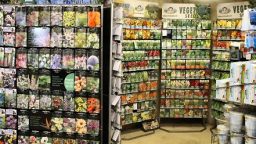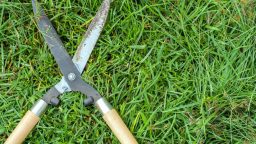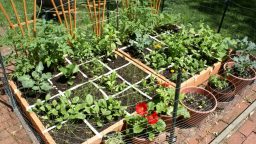When you just get started with gardening, it can be easy to feel very overwhelmed! As a beginner, there’s so much to learn, and so many ways things can go wrong. But never fear–you can learn from those who have gone before you.
We’ve got some great tips for beginner gardeners to help you beat the stress and have a flourishing, healthy garden in no time.
Let’s begin!
Ask for help
Don’t be shy! Usually, seasoned gardeners love to talk gardening, so reach out and ask for help! People at your local nursery, in local gardening FB groups, or even community gardens would probably be happy to help out and help you troubleshoot any issues you’re having or give you a good idea of where to start out.
Keep records
As soon as you get started, start logging what works. This might not seem very helpful if you have no idea what you’re doing, but it will be invaluable next year! Gardening involves a lot of trial and error, so tracking what works, and what doesn’t, this year, will be an amazing resource next year. Write down everything you plant, when, and track the time it took to sprout, grow, come to fruition, etc. Also, record any issues with pest or disease, and what you did to combat it.
Know your zone
This is why it’s so important to seek advice from locals! Know what zone you live in, what’s grown there, does well there, the nuances of the climate, seasons, and weather patterns, etc. Then plant accordingly! Seed packets always have instructions based on zones on the back, so it’s very important to know yours.
Test your soil
Before you get started, know what kind of soil you have, and how to amend it. If you are starting with a container garden, you will most likely be purchasing your soil, but if you’re planting in the ground, you need to understand that not all soil is equal. You might have amazing soil to plant directly in, but most likely, you’ll need to amend it. You can buy simple soil test kits at any gardening supply store, and these will give you an idea of what you need to add to your soil to make it healthy and fertile.
Start simple
You might be really excited to start growing your own food right away, but take it slow. Your first year, you’ll probably want to plant a handful of easy, reliable crops so you can focus your efforts on these while you learn the ropes. As you get the hang of gardening (you’ll be amazed how much you can learn in one season), you’ll gain the confidence and experience to experiment.
Choose your plot wisely
When deciding where to plant your garden, keep in mind it will have to be somewhere with lots of sun. If you have only partial shade in your yard, there are still some things you can plant, but most plants need a decent amount of light. Watch your yard for a few days and track how much sun it gets. Also, bear in mind that the sun’s position changes throughout the year.
Also, make sure the place you choose to plant your garden is easily accessible to you, and to your garden hose!
Plan, plan, plan
Before you start planting your garden, make sure you have a good plan. There are lots of free resources online to look at example garden plans. You can look into companion planting to learn which plants go well together, and which ones don’t. Draw out a map of your garden space, and assign each plant its own plot. Take into account weeding, harvesting, pruning, etc., as you will need to ensure proper accessibility.
Don’t do it alone
Involve your friends or family members in your first garden so you have some accountability–and help! You can learn together, and you know what they say, two heads are better than one.
Get organized
You’d be amazed how quickly you can accumulate various tools and supplies for gardening, so make sure to keep it all in one place. A basket or bucket that you can take out to the garden with you is very handy, as well as a simple gardening apron or a pair of overalls. Your gardening supplies probably won’t stay clean very long, but they can stay neat and organized, and this will contribute to the overall success of your garden very well.
Beginner gardening can be intimidating, but don’t fret. It’s a learning experience and you’ll gain so much knowledge in such a short time, it’s worth it for a few bumps along the road. These tips are designed to make your transition from novice to expert smooth and painless, so make sure to keep them in mind as you get started with your garden!
If you enjoyed this, you might also like….
A Revolutionary, Double Patented-Technology That Allows You To Wash Your Clothes Without Using A Single Drop Of Toxic Chemical Detergent
